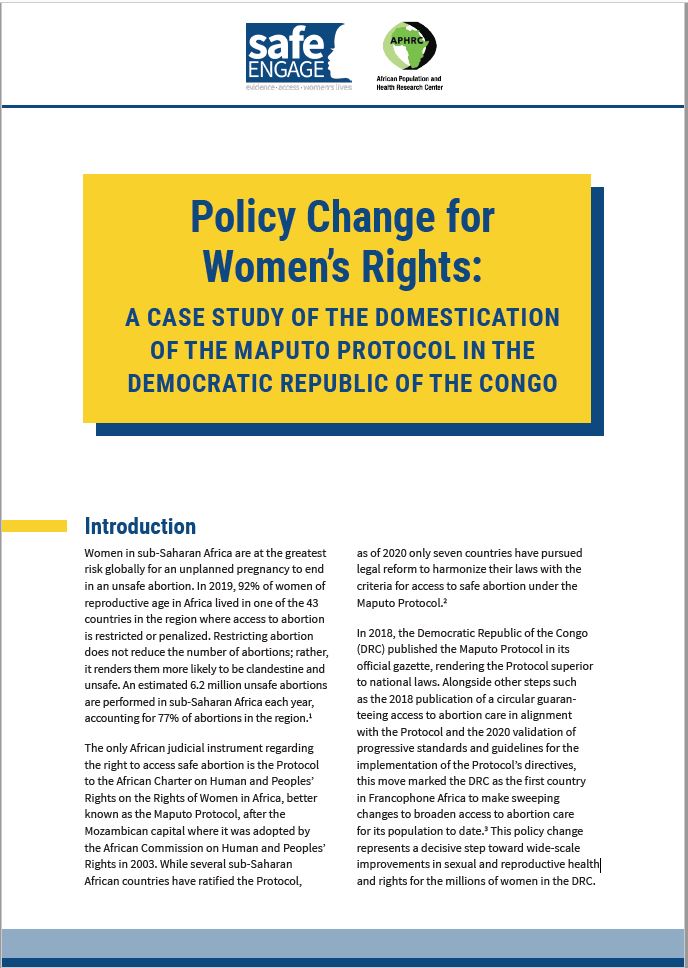Webinar: Bridging Research and Policies: Enhancing Budgeting Processes for Africa’s Demographic Dividend
PRB hosted a high-level webinar with budget experts, parliamentarians, and national directors to discuss the importance of the Demographic Dividend Sensitive Budgeting approach in enhancing budgeting processes across Africa.


